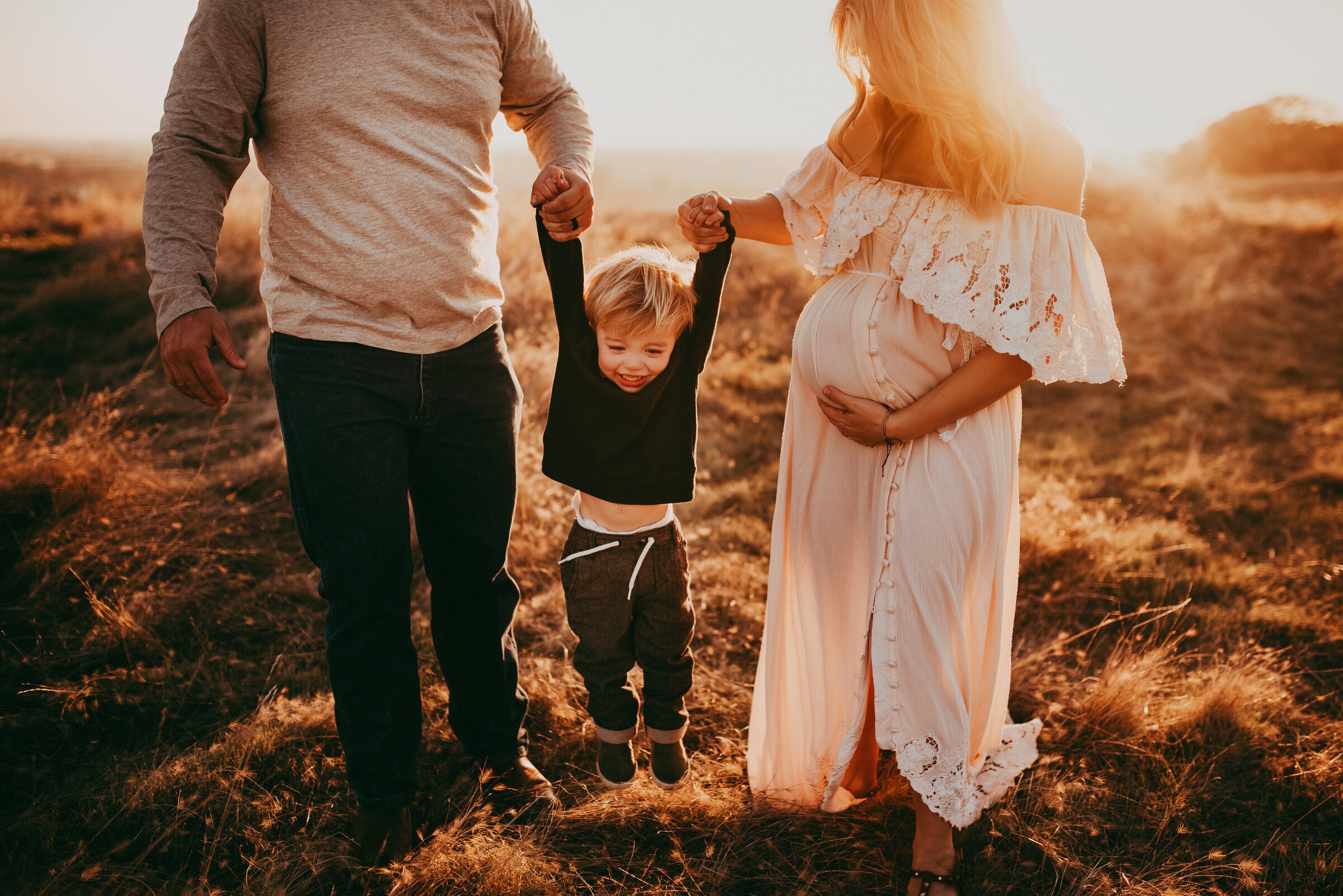Newborn photography is more than just a trend—it’s a heartfelt way to preserve the earliest, most fleeting days of a baby’s life fotografia ciazowa. Those tiny toes, soft yawns, and peaceful expressions are memories that parents treasure forever. With the right approach, newborn photography can beautifully tell the story of a child’s first days in the world.
Why Newborn Photography Matters
The newborn phase is incredibly short-lived. Within a few weeks, babies begin to grow and change rapidly. Capturing them in those first 5 to 14 days allows photographers to preserve their delicate features, sleepy poses, and angelic innocence. These photographs often become cherished family heirlooms, displayed in homes and passed down through generations.
Timing is Everything
Timing plays a crucial role in newborn photography. The ideal window is within the first two weeks after birth, typically between days 5 and 10. During this period, babies are sleepier and more flexible, allowing for those curled-up poses that define newborn photography. After two weeks, babies become more alert, making it harder to achieve the same serene and snuggled looks.
Setting the Scene
Newborn photography can be done in a studio or the comfort of the family’s home. Studio sessions offer controlled lighting and access to props, while in-home sessions provide a more personal, lifestyle-oriented feel. Regardless of the location, the key is to create a warm, calm, and safe environment. Soft lighting, neutral tones, and minimal distractions help keep the focus on the baby.
Essential Gear and Props
Photographers often use a variety of props and tools to enhance newborn photos. Popular items include:
-
Blankets and wraps in soft, breathable fabrics
-
Beanbags or posing pillows for gentle support
-
Hats, headbands, and bonnets for a cute and cozy touch
-
Baskets, crates, and bowls for creative setups
However, less is often more in newborn photography. The most powerful images are usually the simplest—focusing on the baby’s features rather than elaborate scenes.
Safety First
The well-being of the newborn should always be the top priority. Photographers must be trained in proper posing techniques and always ensure that the baby is comfortable and supported. Composite images are often used to create seemingly complex poses while ensuring the baby’s safety at all times.
The Role of Parents
Parents play a crucial role during the session. Their presence helps soothe the baby, and their involvement in a few shots adds emotional depth to the gallery. Sibling interactions, gentle kisses, and close-up family portraits can add powerful narrative elements to the photo collection.
Editing and Final Touches
Post-processing helps refine the images by smoothing skin tones, adjusting lighting, and ensuring consistency across the set. However, the goal is always to retain the natural beauty and authenticity of the moment.
Preserving Precious Memories
Once the session is complete, many families choose to print their images in albums, frames, or canvas prints. Digital galleries are great, but tangible prints bring a special kind of warmth to family spaces.
Conclusion
Newborn photography is a delicate art that captures a once-in-a-lifetime phase. Whether you’re a parent preparing for your baby’s first photos or an aspiring photographer entering this rewarding niche, understanding the emotional and technical aspects of newborn photography can make all the difference. In every quiet click of the camera, a lifelong memory is born.
